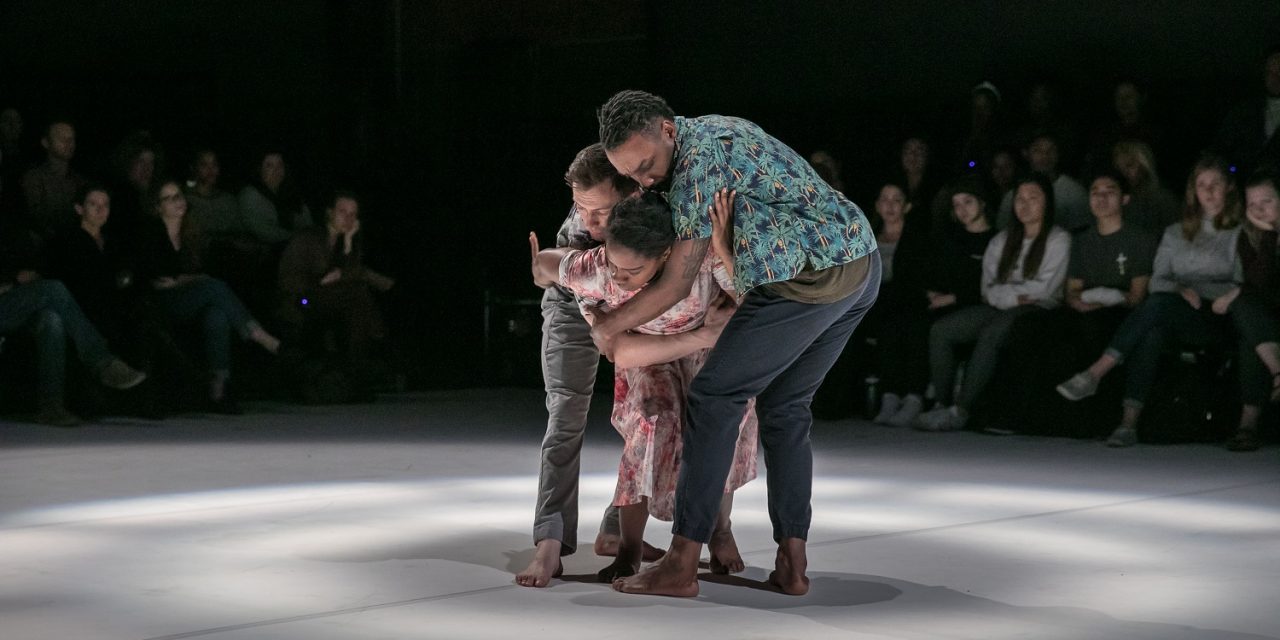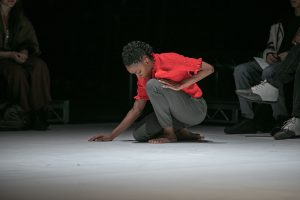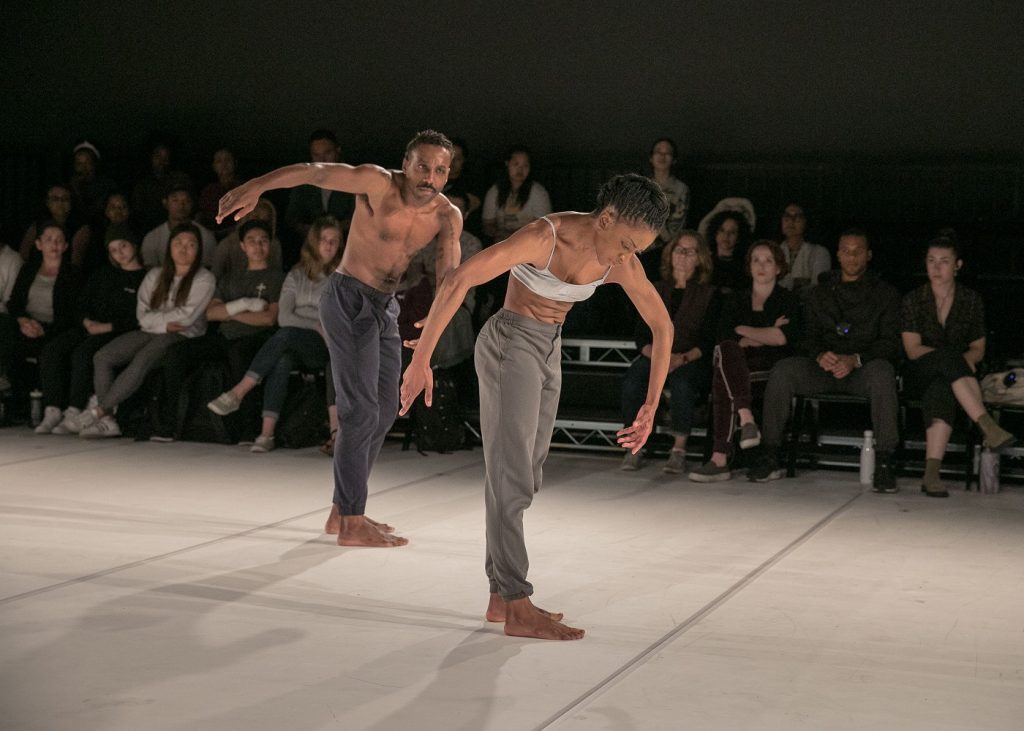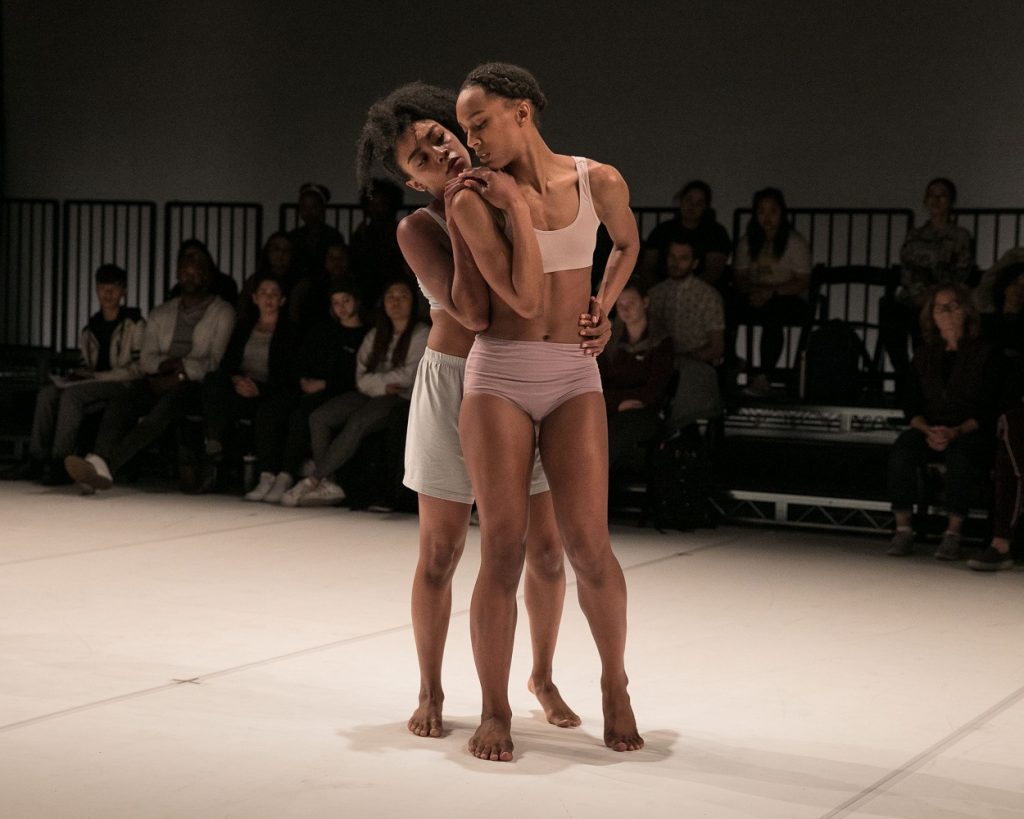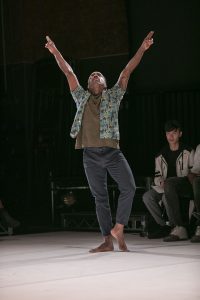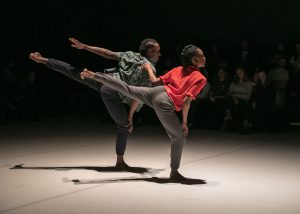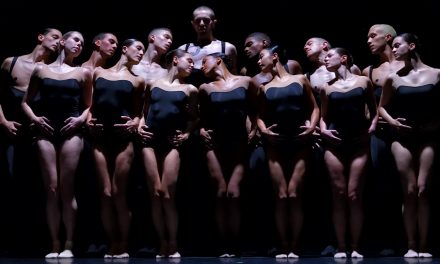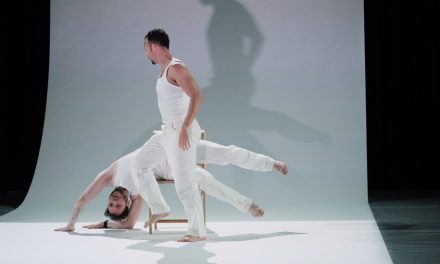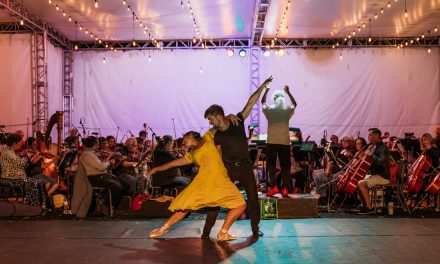Kyle Abraham is an interdisciplinary artist, community-focused choreographer, and Beyoncé-Vogue cover shoot contributor. He is the 2016 Doris Duke Recipient, a 2015 City Center Choreographer in Residence, a 2013 MacArthur Fellow, and a 2012 Jacob’s Pillow Dance Award recipient, not to mention has been named a New York Live Arts Resident Commissioned Artist and USA Ford Fellow. With a BFA from SUNY Purchase, an MFA from NYU Tisch, and an honorary Doctorate in Fine Arts from Washington Jefferson College, Abraham has made his way through the academy; currently in residence at UCLA, he continues to do so.
As the Artistic Director of Abraham.In.Motion (AIM), Abraham has created an impressive collection of internationally-toured works, including Another Night premiered by Alvin Ailey, The Serpent and The Smoke (a new pas de deux for himself and Wendy Whelan), and future projects which promise not to disappoint: a yet-to-be titled commission for LA Dance Project and three new works for AIM. His most recent work, Dearest Home, is an intimate evening-length piece which premiered at The Yerba Buena Center for the Arts in San Francisco in May 2017 and visited Los Angeles this past weekend presented by UCLA’s Center for the Art of Performance at the Freud Playhouse.
In many ways, Dearest Home represents a departure from Abraham’s previous work which most explicitly focused on the racial trauma embedded in American history. For example, drawing inspiration from W.E.B. Dubois’ Souls of Black Folk and John Singleton’s Boyz N The Hood (and coincidentally premiering the same year that Trayvon Martin was killed), Abraham’s 2012 Pavement deals with police brutality and contemporary genocide of black communities across the country. As explained by the artist, “American history is so deeply laced with pain and struggle, that drawing on it as source material began to personally take a toll on me.” Abraham turned to fulfill himself, to be full not in the sense of being filled with rage or sadness or frustration but in the sense of fulfillment. Now at the end of that two-year long creative process—and in a sociopolitical climate that makes it undoubtedly clear the country has continued on its painful path–Abraham presents a work rooted in love. An hour and five-minute series of solos, duets, and one trio, Dearest Home’s sequence of disparate short stories weave together an over-arching tale of Love, Longing, and Loss. Simultaneously personal and universal in narrative, the performance was healing in the most complex understanding of the word: ardent, honest and magnetic. More than once I bit my lip to stop from crying.
Abraham’s formal choices for Dearest Home break many classic dance conventions. Audience members sat in the round, behind a red curtain and below theater chandeliers, lining all four sides of the empty stage. Viewers were given the choice of watching the piece with or without accompanying audio. The original score was written for the choreography by Jerome Begin, the piece was created before Begin wrote the music, and the dancers still have never heard the composition. The auditory option and immersive chamber seating facilitated audience engagement in a compelling way, perhaps recognizing the need for different viewing experiences in light of the different ways we experience and process Love, Longing, and Loss. The antithesis of typical music-bound movement traditions, the silence of the piece created a paradoxically visceral experience, a quiet space in which breath and footwork and touch echoed.
As in much of Abraham’s work, Dearest Home’s aesthetic choices and choreographic structure moved through and around genres, neither hip-hop nor classical nor traditional modern, though clearly influenced by all three. The AIM dancers—Matthew Baker, Kayla Farrish, Tamisha Guy, Catherine Ellis Kirk, Marcella Lewis, and Jeremy “Jae” Neal—were avant-garde and candid, politically-grounded virtuosos whose underlying emotional intimacy was evident in the interactions both between themselves and with the audience.
Repeated entrances and exits marked new loves and hard losses. Long reaches pulled viewers onto the stage, drawn out stillness allowed us to catch up with the performance. A partnered petite allegro expressed a tender in-synch relationship. An equally intimate, though distinctly fraught, pattern of hugs reflected a different sort of partnership. One dancer tucked in their shirt, another fixed their hair. They hopped and jumped and groped and grabbed. Bouncing off of each other and moving by themselves, the dancers filled the room with glee and heartbreak and an arousing authenticity. Near the end of the piece, a dancer stood alone in their underwear, sobbing, running in circles, shaking. Another lone dancer pulled down their pants and began fluidly moving in low-light, concluding the piece completely naked.
The work gave a thoughtful, subversive treatment to its exploration of oft (arguably over) explored themes. Each sub-narrative played with racialized gender roles, exploring the nuances of power dynamics and the potentials of what relating to one another can feel like. Moments within the piece’s structure tells us that Love is an emotional drain, a sucking that might be categorized as abusive and abusive a categorization that might be considered reductive. The dancers’ gestures tell us that, sometimes, Love is a tug-of-war, a running away but wanting fiercely to be caught.
That being said, it would be reductive to imply that Dearest Home is solely about interpersonal romance. Abraham’s choreographic choices can easily be understood as metaphor for the arc of a two-person relationship—falling in love, being in love, falling out of love, breaking up, being alone, finding each other again, breaking up, being alone, finding someone else, falling in like, falling out of like, breaking up, being alone—but his work also clearly references a much broader scope of Love, Longing, and Loss. The dancers and their movements are not only representative of individual experiences and romantic partners but also particular events and spaces and memories. Negotiating movement between each other, the dancers come to represent relations to people and places and times; Love of a place, of a person, of a moment; Longing of all three; Loss of them too.
Stemming from this conceptual complexity, the precise narratives on display don’t really seem to be the point, or at least they matter only so much as they are also gateways to other, larger ideas. The dancers appeared as soloists and then re-appeared for a duet, carrying with them the multiplicities of trauma, the painful richness of history, and the potential for healing. Their movements seem to say that there is freedom in how our memories strengthen our love, how they make our longing so painful, how they let us forget our loss. There is no one story of Love, but there is relatability in what that word means, in what it feels like, in how it holds us and breaks us.
In Dearest Home, Abraham presents a love letter to his deceased mother and a remembrance of the man he thought he would marry. With its titular framing and narrative structure, the piece probes the age-old question “What is Love?”—and it responds with a visual neologism that should embed itself in our psyches. While the work doesn’t outright disagree that Love is Love, its undertones hold little of the aforementioned slogan’s inherent flippancy. Instead, it suggests that Love is Love only because Love is Loss and Longing and Support and Love.
Abraham seems to say: Home is yourself, Home is your body, Home is your being beyond physicality. Home is nostalgia; nostalgia is missing, wishing, wasting, and Longing. Longing is erotic, Longing is hot. Longing is reaching for people, places, and memories; Longing is desire. Desire is Love. Love is shy, and Love is intimacy; intimacy is sensual and charged, transgressive and betraying; betrayal is breaking and pulling and caring; caring is Love. Abraham’s piece seems to say: Dear viewer, lover, friend, neighbor, stranger, and mother; all this is Love.
Feature photo by Reed Hutchinson
To learn more about Kyle Abraham/Abraham.In.Motion, click here.

